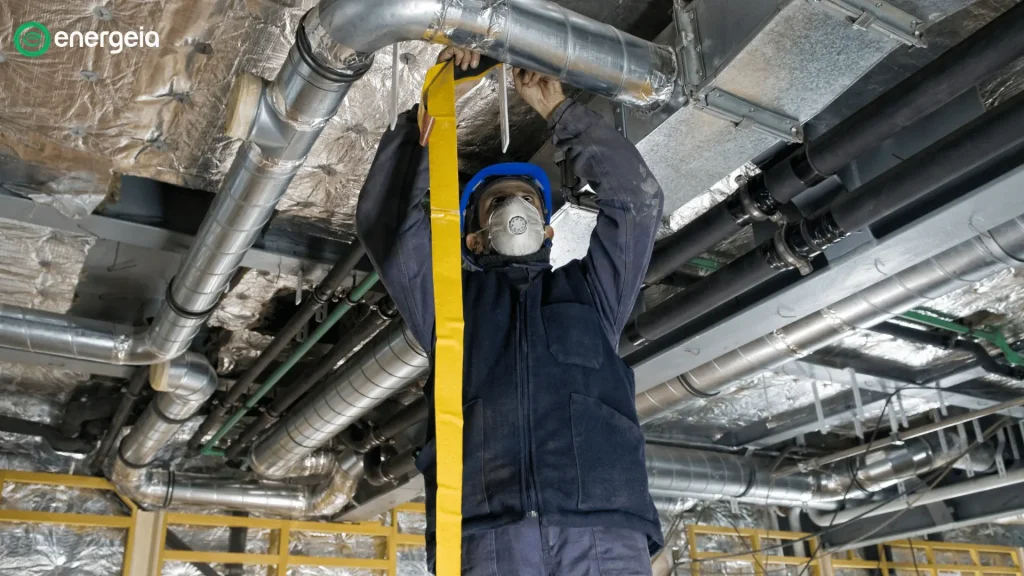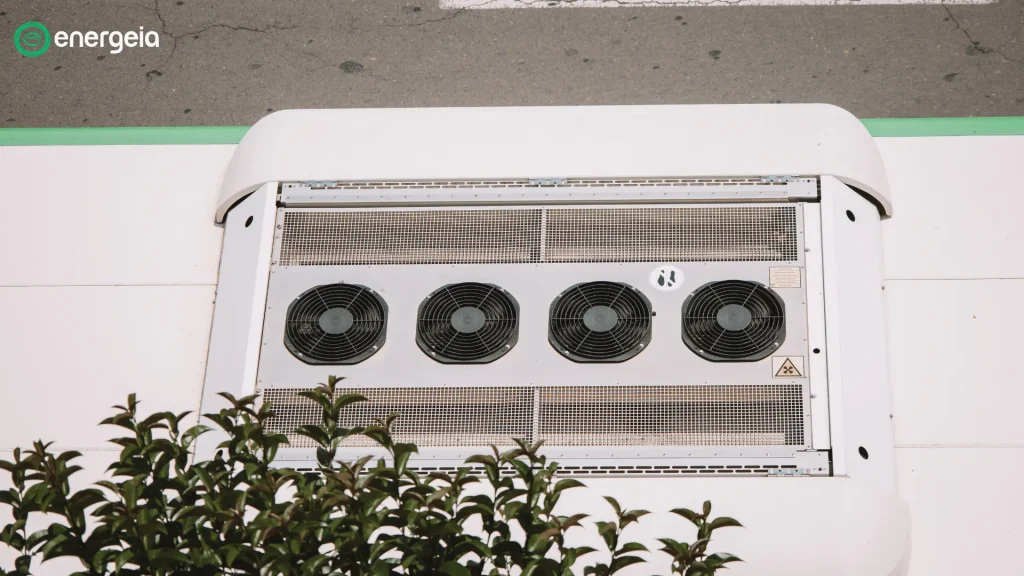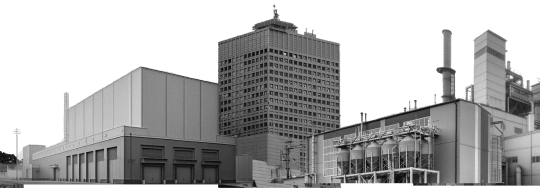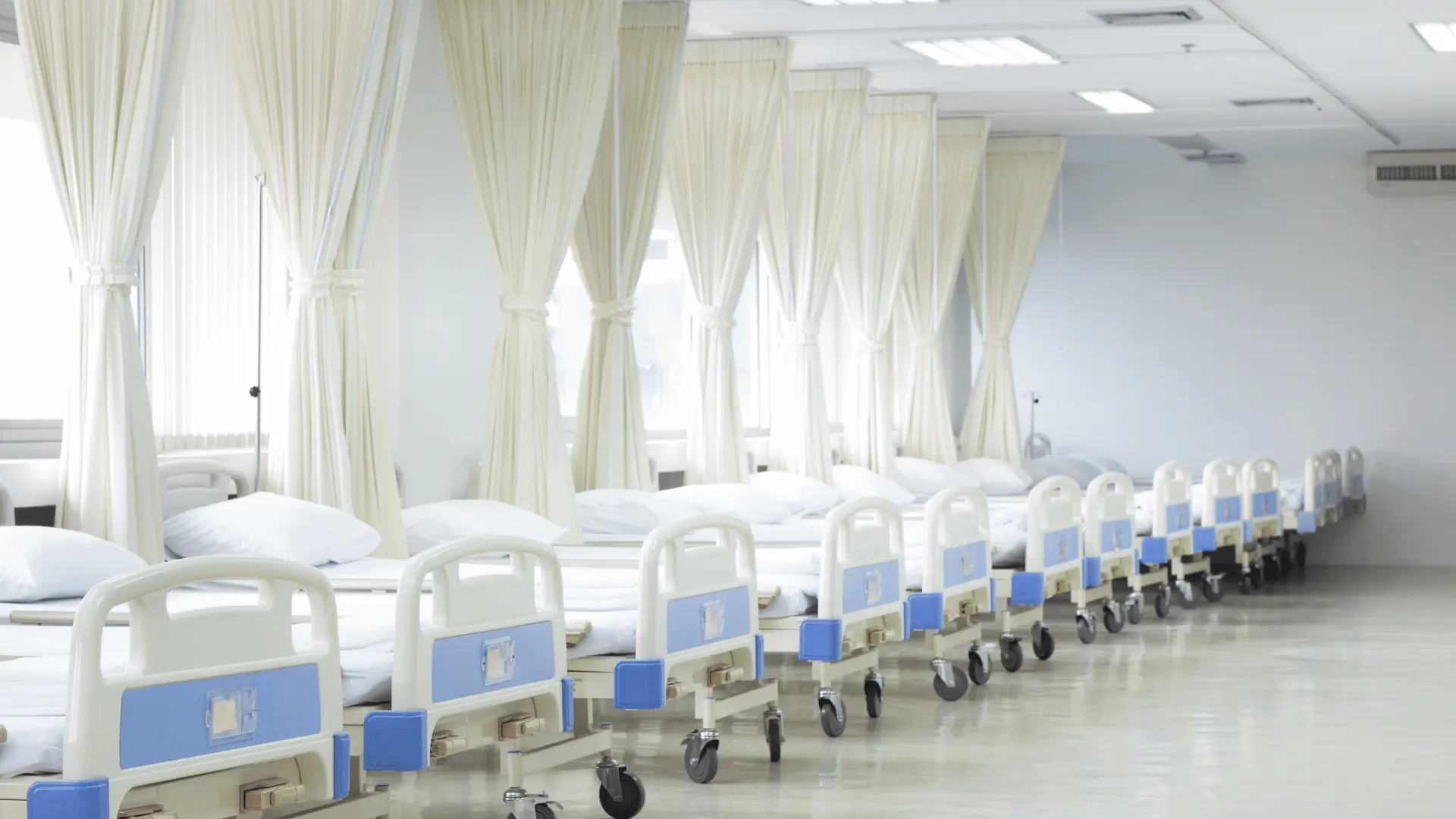Executive Summary
From Gut Feel to Data-Driven Cooling
Mr Naidu, the Head of Operations at a 350-bed multispecialty hospital in Hyderabad, managed a facility where HVAC alone can account for 45–69 % of the building’s total energy use.
Rising cooling bills hinted at waste, but without real‑time data, the team didn’t know why their cooling was so expensive. Energeia’s E‑Chill Audit revealed exactly where energy was getting wasted and how Mr. Naidu and his team could reclaim it.
“We treated the plant like life support, never switched off,” Naidu says. “Energeia’s audit showed us we’re paying to run an oversized chiller at half load, and paying the price.”
Key Stats
Annual Monetary Savings
Annual Energy Savings
CO₂ Emission Reduction
Customer Overview
Inside a Private 350-bed hospital in Hyderabad

- Location = Hyderabad, India
- Facility = NABH‑accredited multi‑specialty hospital (ICUs, OT, ER)
- Cooling Plant (pre‑audit) = 1 × 160 TR air‑cooled chiller + constant‑flow pumps
- Annual HVAC Load (pre‑audit) = 11.4 lakh kWh (Chiller 8.6 lakh kWh + Pumps 2.8 lakh kWh)
- Plant Efficiency (pre‑audit) = 2.48 kW/TR
Why Hospitals Bleed Cooling Energy
- HVAC can represent nearly half of hospital energy demand.
- According to ASHRAE, most refrigerating systems—including water chillers—operate at less than 70% load for most of their hours, so prioritizing part-load efficiency is critical.
- Variable-flow (VFD) retrofits on pump systems commonly cut energy use by ~30–50%.
HVAC Audit Findings
Where Energy Was Leaking

- Oversized air-cooled chiller short-cycled, running outside its efficient kW/TR curve at ~1.87 kW/TR most hours.
- Constant-speed pumps wasted power during low‑demand periods.
- Continuous partial‑load operation accelerated wear and CO₂ emissions.
The Solution
An Energy Efficient Prescription
- Right-size capacity: replace the 160 TR unit with a 100 TR air-cooled chiller matched to actual demand.
- Variable Primary Flow (VPF): convert constant pumps to dynamic control for load-based flow.
No production downtime; install scheduled during low-occupancy windows.
Why Chiller Right-Sizing Matters

Hospitals often commission chillers sized for the single hottest afternoon of the hottest year, plus a hefty safety margin. That’s like buying a full-size bus to drive six people to work each day: costly to run, awkward in traffic, and almost never filled to capacity. A properly-sized minibus, or a chiller that can stage capacity with variable-speed drives, hits the sweet spot: enough “seats” when demand peaks, but far less “fuel” burned on ordinary days.
Key pitfalls of oversizing:
- Short-cycling: compressors start-stop more often, wasting kWh and accelerating wear.
- Off-design efficiency: under-loaded chillers operate outside their optimal kW/TR curve.
- Unstable temperatures: frequent cycling produces wider chilled-water temperature swings that compromise operating-theatre comfort.
👉 Rule of thumb: Keep chiller load ≥ 70 % during normal duty cycles to maximise efficiency and equipment life.
HVAC Audit findings at this hospital
The existing 160 TR plant ran at just 45 % load for 80 % of the year.
Modelling showed that replacing one unit with a high-efficiency 100 TR chiller plus a variable-primary-flow (VPF) system would keep average load above 70 % and cut specific energy consumption (SEC) by ≈ 0.25 kW/TR – a major share of the projected ₹56.7 lakh annual energy saving.
| Metric | Before | After | Improvement |
|---|---|---|---|
| Chiller Energy (kWh/yr) | 8.6 Lakh | 4.5 Lakh | ↓ 48 % |
| Pump Energy (kWh/yr) | 2.8 Lakh | 1.5 Lakh | ↓ 46 % |
| Total HVAC Energy Use | 11.4 Lakh | 6 Lakh | ↓ 46 % |
| Plant Efficiency (kW/TR) | 2.48 | 1.05 | ↑ 58 % |
| Annual Cost* | ₹1.2 Crore | ₹63 Lakh | ₹56.7 Lakh saved |
| CO₂ Avoided** | – | ≈ 443 t/yr | – |
*Assumes ₹10.5/kWh commercial tariff.
**Based on CEA grid factor 0.82 kg CO₂/kWh.
The Next Step
Implementing energy-saving retrofits

- Energy Performance Consulting: If Mr. Naidu chooses to implement these energy-saving measures with his team ( i.e. spend capex upfront to buy the new chiller and upgrade the pumping system), Energeia can act as a subject matter expert consultant and build an energy management plan with him. This includes guiding him with recommendations for new technologies, operational changes, employee training and subsidised financing options for energy-efficient upgrades.
- End-to-End Execution: On the other hand, if Mr. Naidu wants to not spend any money upfront and delegate the implementation and engineering, Energeia’s zero capex ESCO financing plan and team of 40+ engineers is at his disposal. This option is a low-risk path for the hospital where Energeia earns only when the cooling savings start showing up on the hospital’s energy bills.
Frequently Asked Questions
Q1. Will patient care be disrupted?
No. The work can be phased during low‑occupancy hours, while critical zones always stay online.
Q2. How long was the audit & design phase?
The energy audit involved 2 weeks of IoT sensor monitoring and 2 weeks of energy use analysis and retrofit planning.
Q3. What’s the expected payback?
With ₹56.7 Lakh in potential annual cost savings, the simple payback on chiller & VPF cap‑ex is < 2 years when implemented.
Q4. Is financing available?
Energeia can structure zero‑Capex ESCO models where the hospital would spend no money upfront to start unlocking these savings. You can read about how we did it for this Hotel in Hyderabad or reach out to us for details about our energy-saving work for other Commercial Buildings.
📞 Book a Free Energy Appraisal Today: +91 9319271849
✉️ Email: sales@energeia.in







